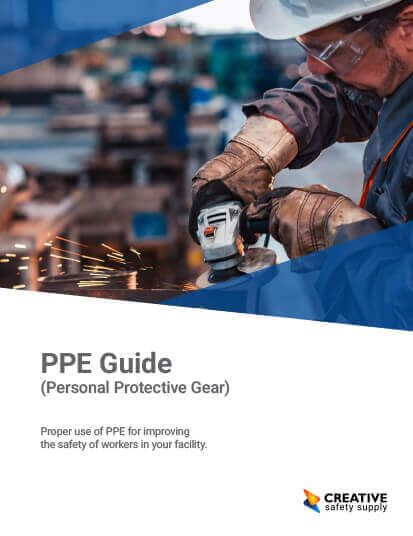
Employers under OSHA law have the responsibility to provide personal protective equipment at no cost to the worker. An employer or safety manager will need to conduct a hazard assessment of their workplace to identify all physical and health hazards present.
Once it is known what PPE will be needed in the workplace, it is important the individual in charge of purchasing the equipment selects garments that not only fit well but are also comfortable, workers will be more apt to wearing PPE if it fits properly. An employer will need to meet OSHA requirements for compliance but should consider taking their PPE program a step further. By providing extra PPE in cases of emergency or requiring PPE in areas not mandated by law, one can be sure their employees have easy access to potentially life saving items.
Employer Responsibilities for PPE
It is also the employer’s responsibility to provide proper and comprehensive training on when PPE should be used or worn, how to properly don and doff PPE, and the appropriate place to store the equipment. PPE will need to be stored in a dry, clean, and easily accessible area. It will be important that PPE be periodically inspected for damages and should be replaced if necessary. Although the responsibility of PPE falls largely onto the employer, the employee also holds some responsibility such as using the equipment in the correct way and ensuring they do not lose the equipment.
Visual communication will enforce reminders to the workers where and when PPE should be used. A facility with wall signs and floor signs reminding workers of dangerous areas before entering them, or where ear muffs are required could save the worker from a very serious, or even fatal, injury. As a note, because PPE is considered the last line of defense, efforts to reduce these hazards with engineering and administrative controls should be executed first.
